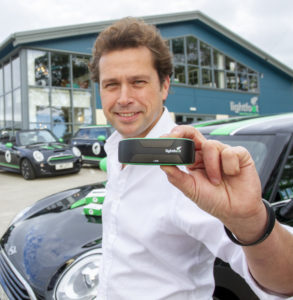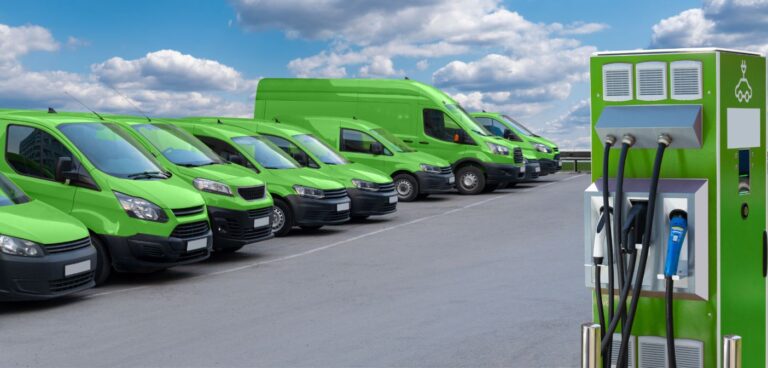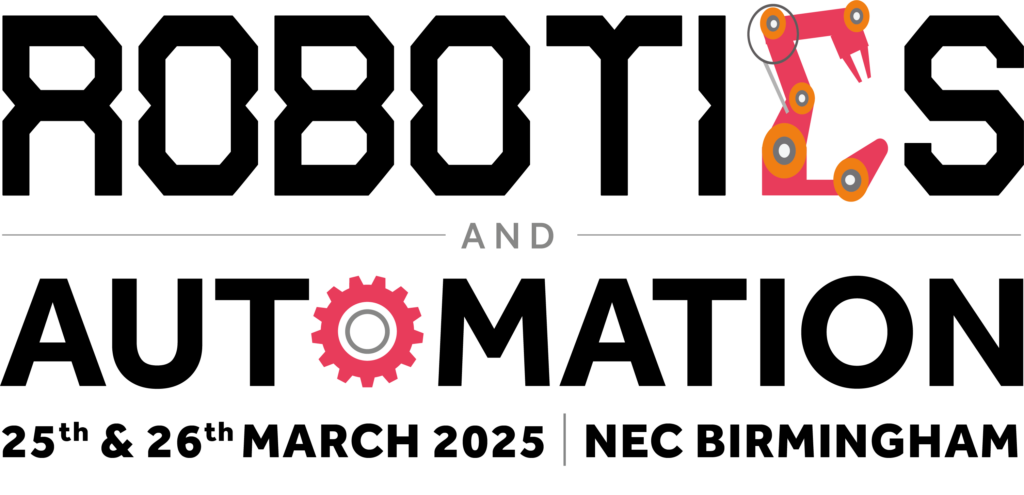Businesses electrifying vehicle fleets must train drivers and put systems in place to influence driver behaviour or risk EVs become ‘unworkable’, according to the CEO of British automotive technology firm Lightfoot.
“The simple truth is that you can’t invest millions of pounds in an EV fleet without first tightening the loosest nut in the vehicle; the driver,” said Mark Roberts, CEO, Lightfoot.
“Any fleet that tries to electrify without tackling the issue of diverse driver behaviours within their fleet is in for a nasty surprise.
“Electric vehicles will work perfectly for the best drivers who accelerate smoothly and drive sensibly, but there will be others who put the pedal to the floor all the time and their bad habits will make EV totally unworkable.
“As a fleet manager, that’s an impossible situation to manage.”

Lightfoot has developed an in-cab driver coaching and engagement system, which according to the company has already generates more than 10% fuel savings in petrol and diesel fleets. The technology can also be used to de-risk electrification for businesses.
Rather than focusing on making a fleet’s best drivers even better, it works to improve driver performance across the board, achieving a consistent standard for all drivers.
Roberts added: “With my previous company we developed a brilliant electrified Transit with a superb range but, the minute we put a driver behind the wheel, he drove it like he stole it and the van couldn’t even achieve half the range it was capable of.
“This is a problem many fleets are going to encounter as they move away from ICE vans and into electric, not helped by the fact the EV’s are quick, with loads of torque, so it’s pretty tempting to put your foot down.”
Lightfoot solution is based on bottom-up engagement, encouragement and reward rather than top-down management and punitive measures. An in-cab display uses data from the vehicle’s CPU to drive its algorithms that generate live driving efficiency coaching.
“In an electric vehicle, good drivers can achieve up to 20% more range than a bad one. With an ICE vehicle, that 20% would just mean another trip to the petrol station, but in an electric van, that reduction in range could be the difference between completing a trip or not, or at the very least, considerable time wasted at a charging station.”





